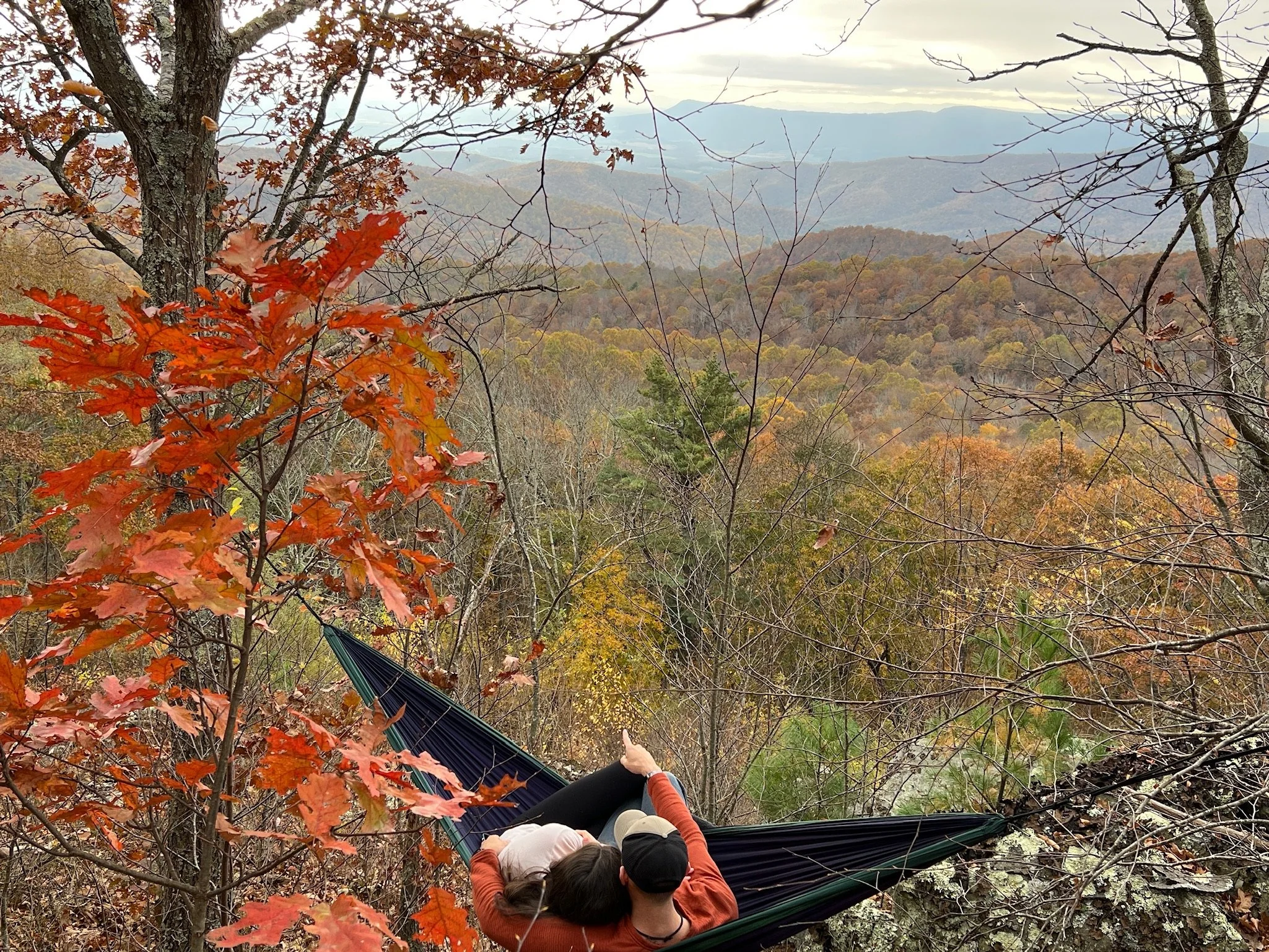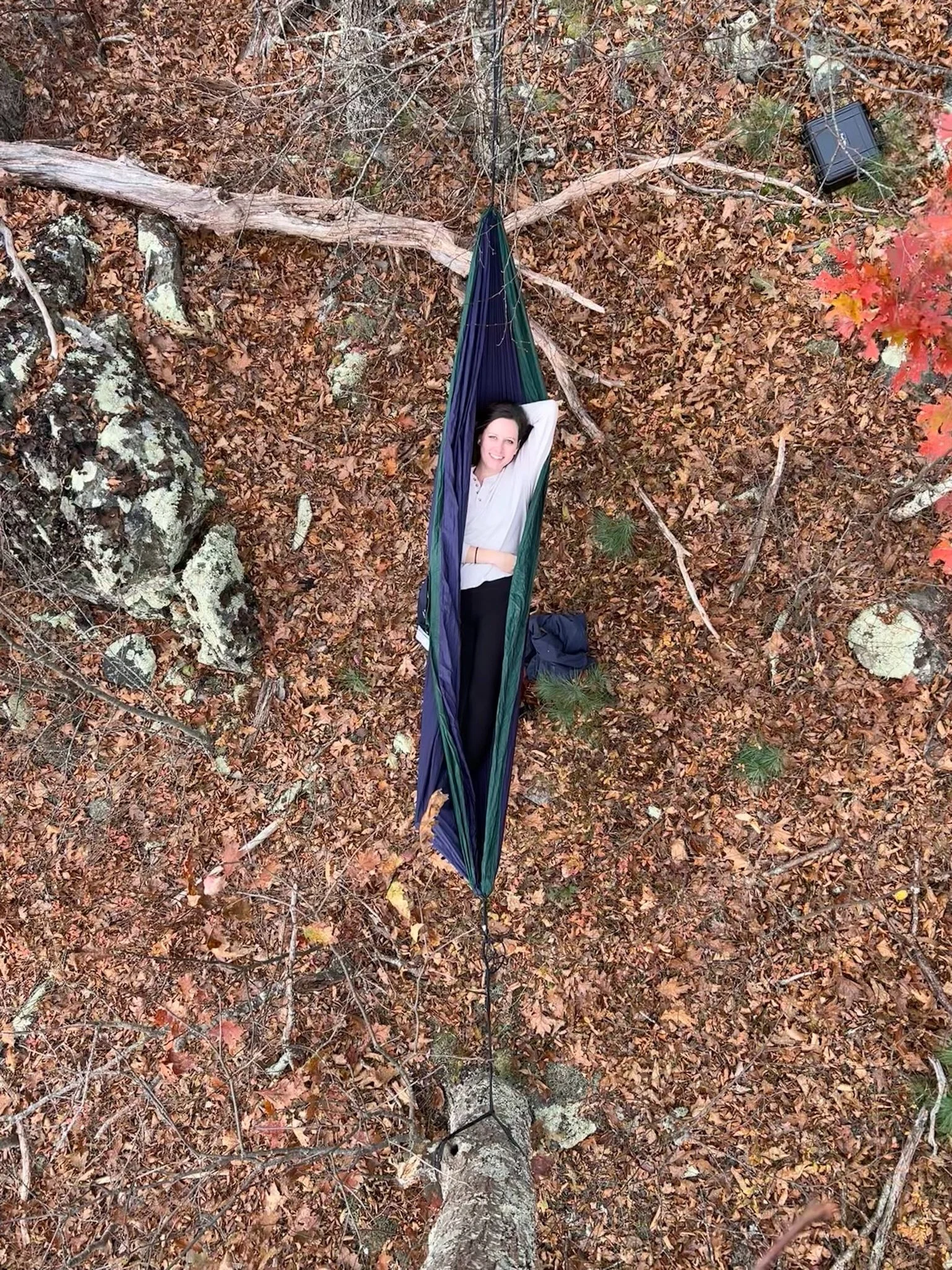The Importance of Rest Days: How to Incorporate Downtime in Your Travels
When it comes to traveling with POTS or other chronic health conditions, planning downtime is just as important as planning your activities. From my own experience, I’ve learned that the first one to two days of travel is often the hardest. Whether it’s the fatigue from flying, adjusting to a new altitude, or simply acclimating to a different environment, those initial days can take a toll on my body. It can be tempting to hit the ground running, eager to start exploring, but I’ve found that incorporating rest days early on is key to setting the rest of the trip up for success.
Why Rest Days Matter
Rest days are essential because they give your body the chance to recover from the stress of travel. For me, having no excursions or major activities planned on the first day or two helps me recharge and manage my symptoms. On our honeymoon, we flew into Las Vegas for a day/night before driving through Arizona, Utah, and Wyoming. I was disappointed that I wasn’t up for much and completely crashed that night. Looking back, I wish I had not set any expectations for myself that day. Resting that first day would have allowed me to fully enjoy the rest of our trip.
If, however, you find yourself feeling great that first day and want to go and do, by all means go! Just be mindful to pace yourself and listen to your body.
Incorporating Downtime
To make the most of a rest day without feeling confined to your room, consider activities that are both relaxing and recharging. For me, having access to a hotel pool or a local hot spring (if I’m lucky!) can make all the difference. These are activities that allow me to unwind while still feeling like I’m making the most of my surroundings. A gentle soak in a hot spring or a leisurely swim can be incredibly rejuvenating, giving you a sense of accomplishment without overexerting yourself.
Hot Spring in Meadow, Utah
One of our other favorite easy rest day “activities” is setting up a hammock and enjoying the views.
Blue Ridge Parkway, Virginia
Another crucial aspect of incorporating rest days is easing into your travel routine. This means minimizing extra stressors, like avoiding unnecessary public transportation. For example, I find it helpful to pick up a rental car directly from the airport, so I don’t have to navigate additional transit systems right after landing. It’s also important to focus on staying hydrated, having regular meals, and getting enough rest on that first day. This helps lay the groundwork for a smoother and more enjoyable trip.
Learning from Experience
One of the biggest lessons I’ve learned from traveling is to manage my expectations. It’s okay to take it slow, especially at the beginning of a trip. By giving yourself permission to rest and recover, you’re not missing out—you’re actually setting yourself up for more fulfilling experiences in the days to come. Building in buffer time and prioritizing rest can make all the difference between a trip that feels like a struggle and one that’s truly enjoyable.
So, the next time you’re planning a trip, remember the importance of rest days. And who knows? You might just find that those restful moments become some of your favorite memories from the trip. After all, it’s all about embracing the journey and learning how to #AdventureAsYouAre.




